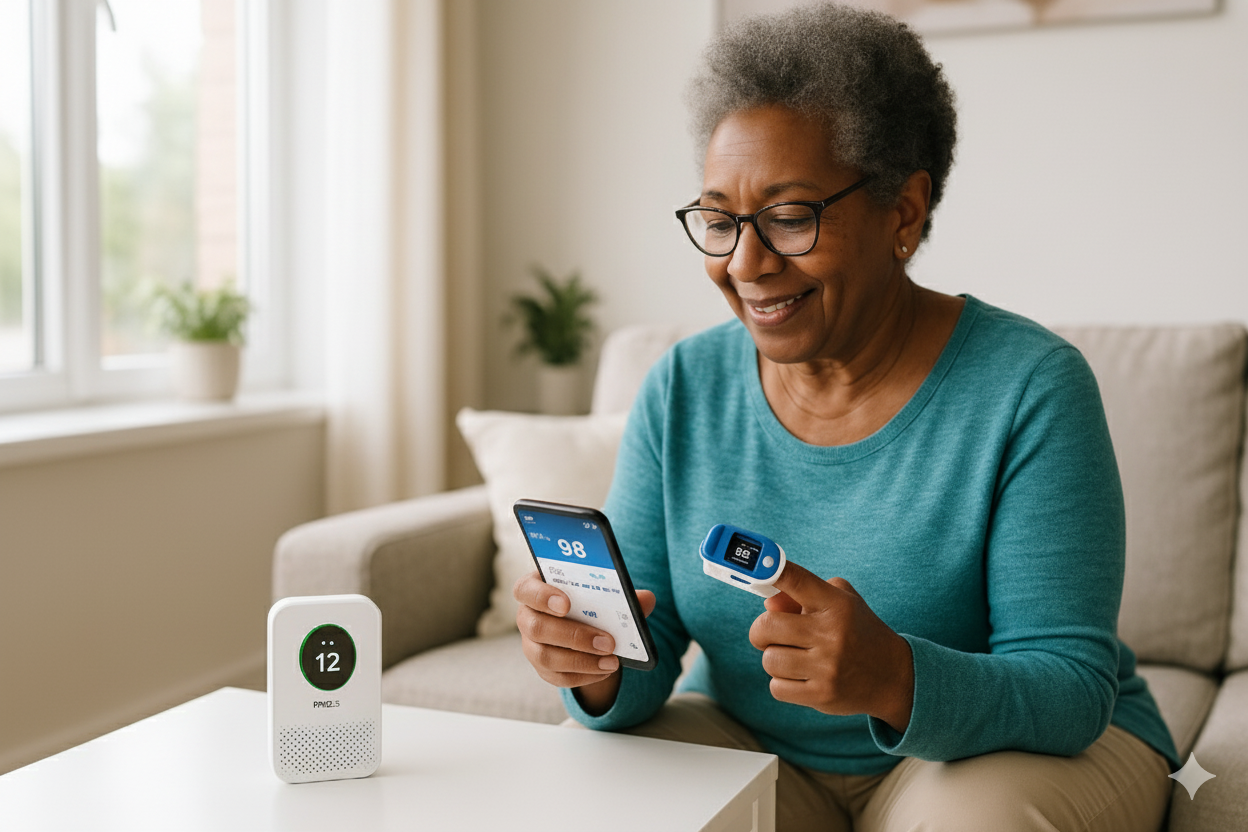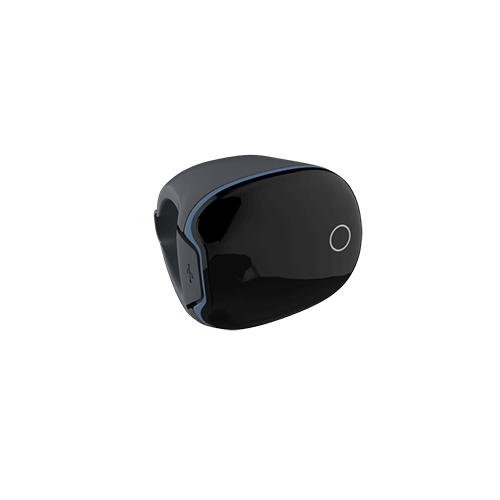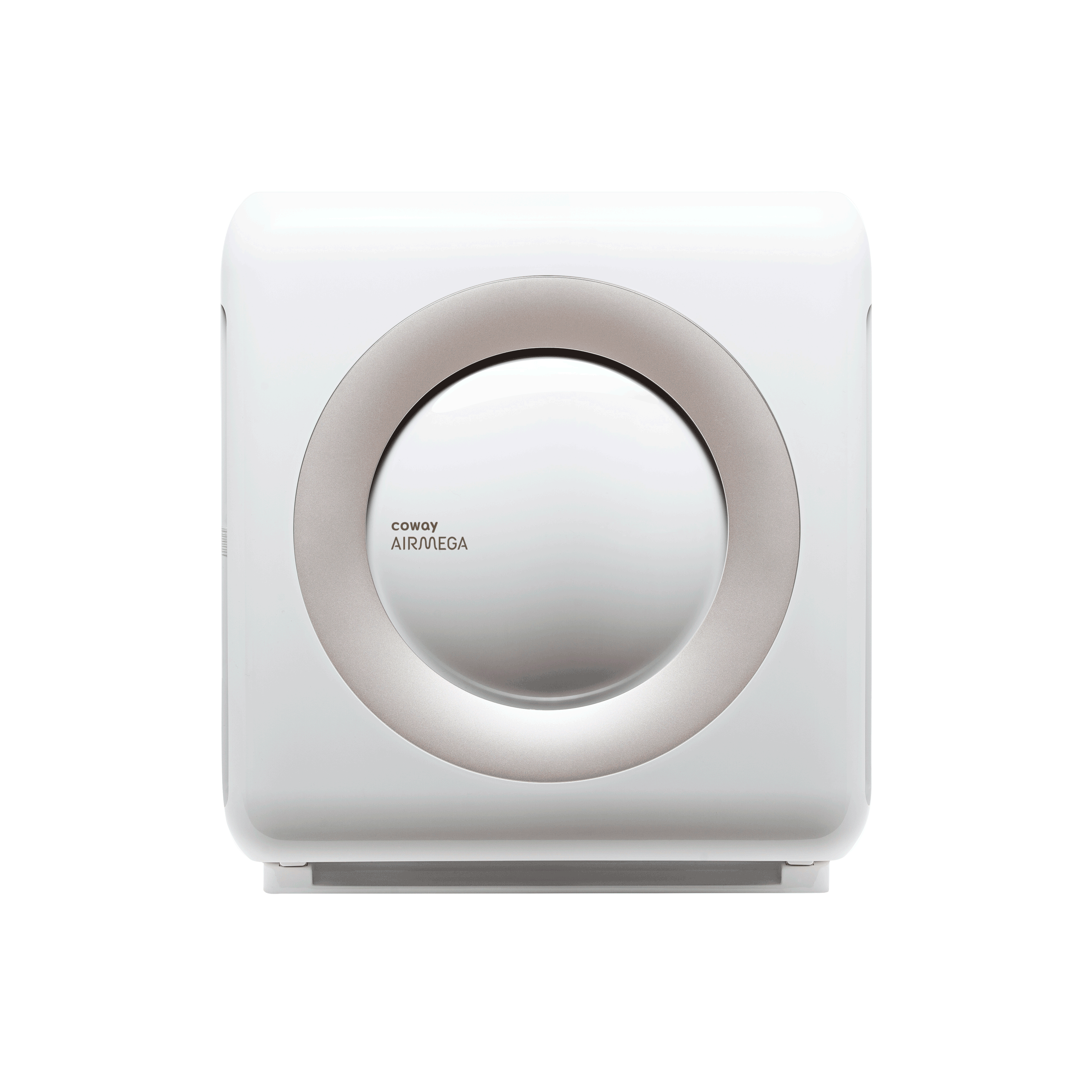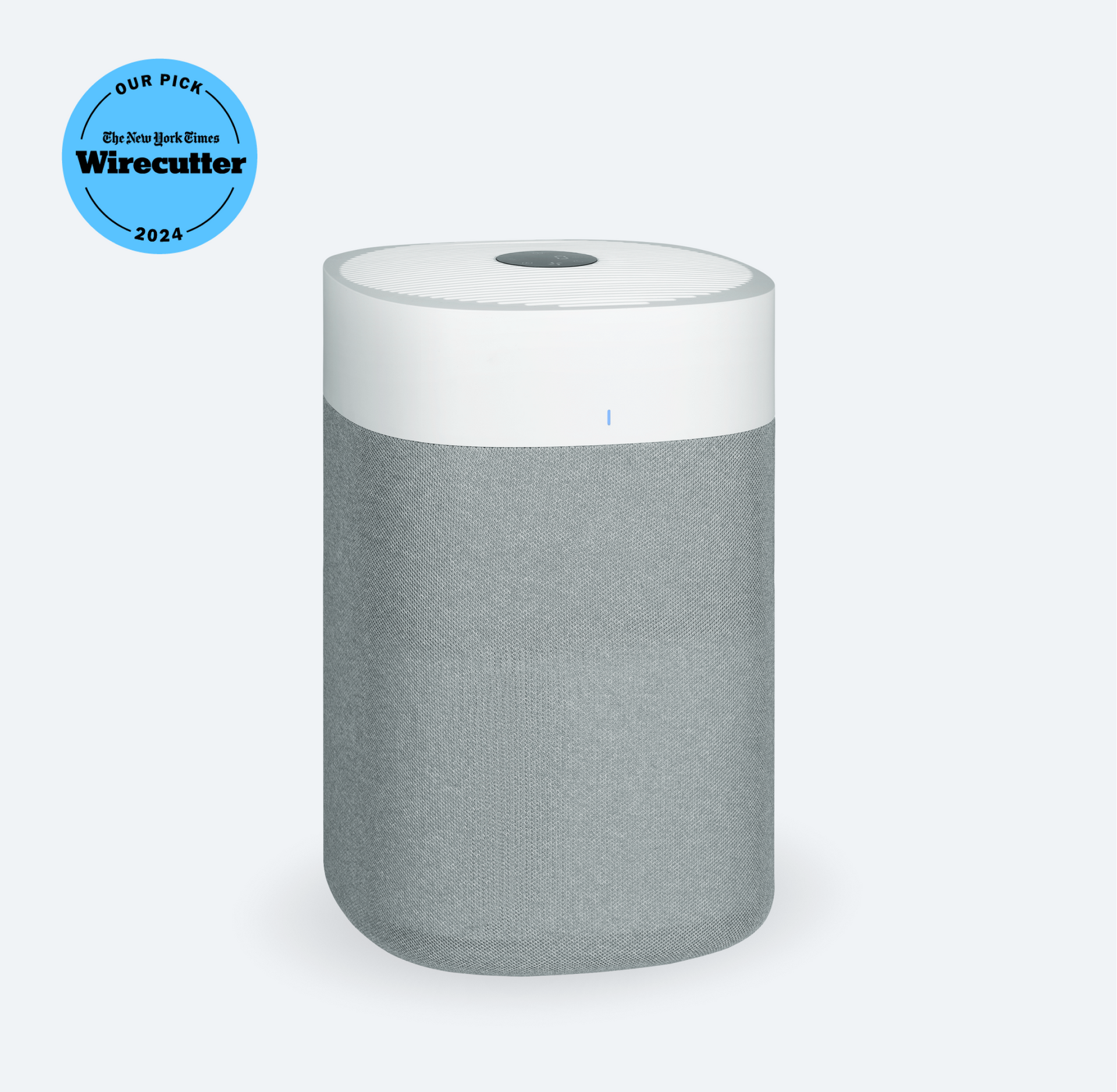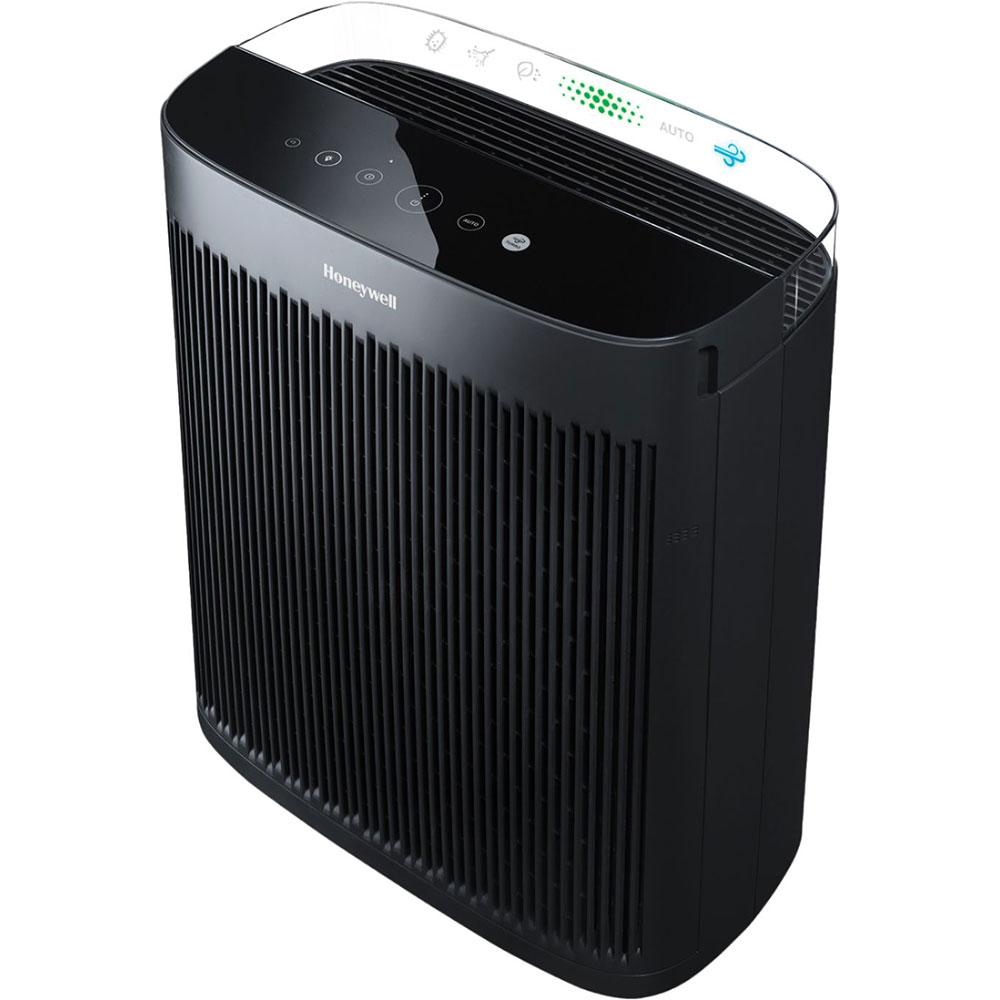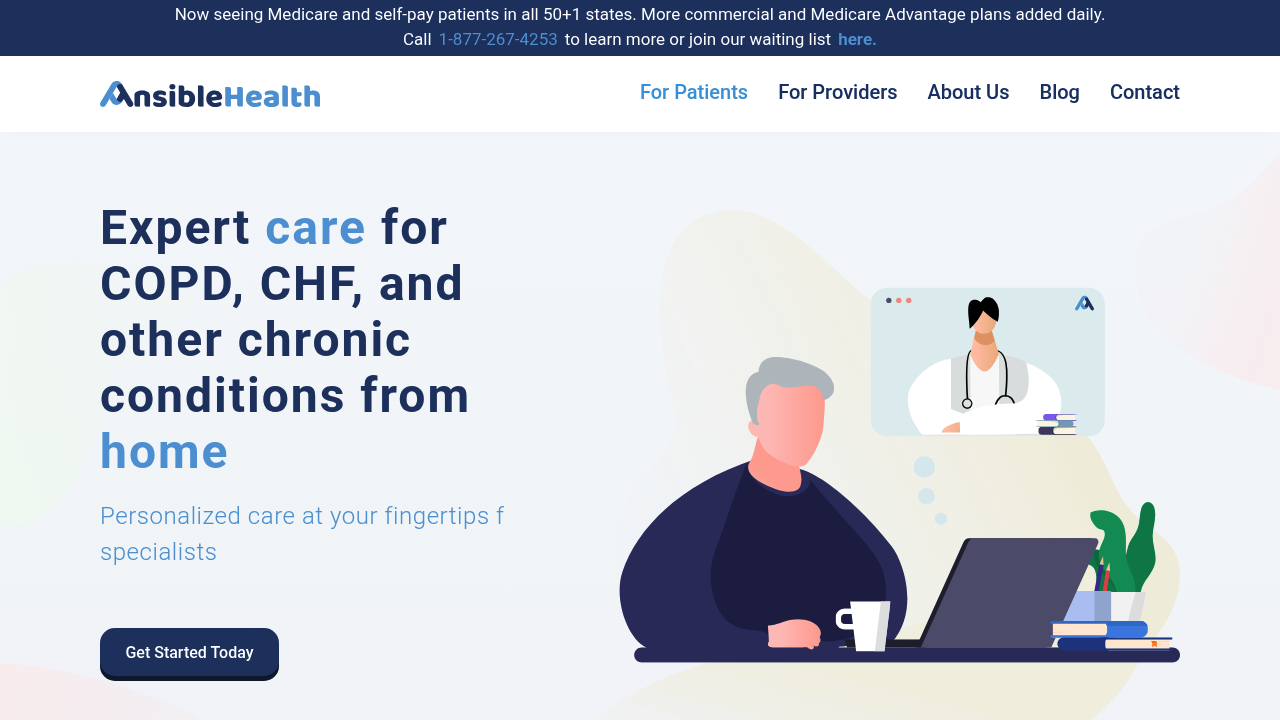Managing COPD is easier in 2025, thanks to apps that sync with devices like pulse oximeters and air quality monitors. These tools track oxygen levels, air quality, and more, offering real-time insights to help you spot warning signs early. The best apps integrate with Bluetooth devices, provide alerts, and ensure secure data sharing with your healthcare team.
Key features to look for:
- Device compatibility: Works with oximeters, air quality monitors, and smart thermometers.
- User-friendly design: Customizable reminders, large buttons, and easy navigation.
- Data security: HIPAA-compliant with controlled sharing options.
Top apps include:
- COPD Pocket Consultant Guide: Focuses on symptom tracking and medication reminders.
- myCOPD: Offers flare-up alerts and rescue guidance.
- Breathe: Asthma and COPD: Tracks triggers and medication schedules.
- Health Mate: Monitors overall health with compatible devices.
- Fitbit Premium: Tracks activity and sleep but lacks COPD-specific tools.
For the best experience, pair apps with Bluetooth-enabled devices for automatic data syncing. Choose tools that fit your needs, simplify tracking, and provide shareable reports for your doctor.
The COPD Pocket Consultant Guide Demonstration
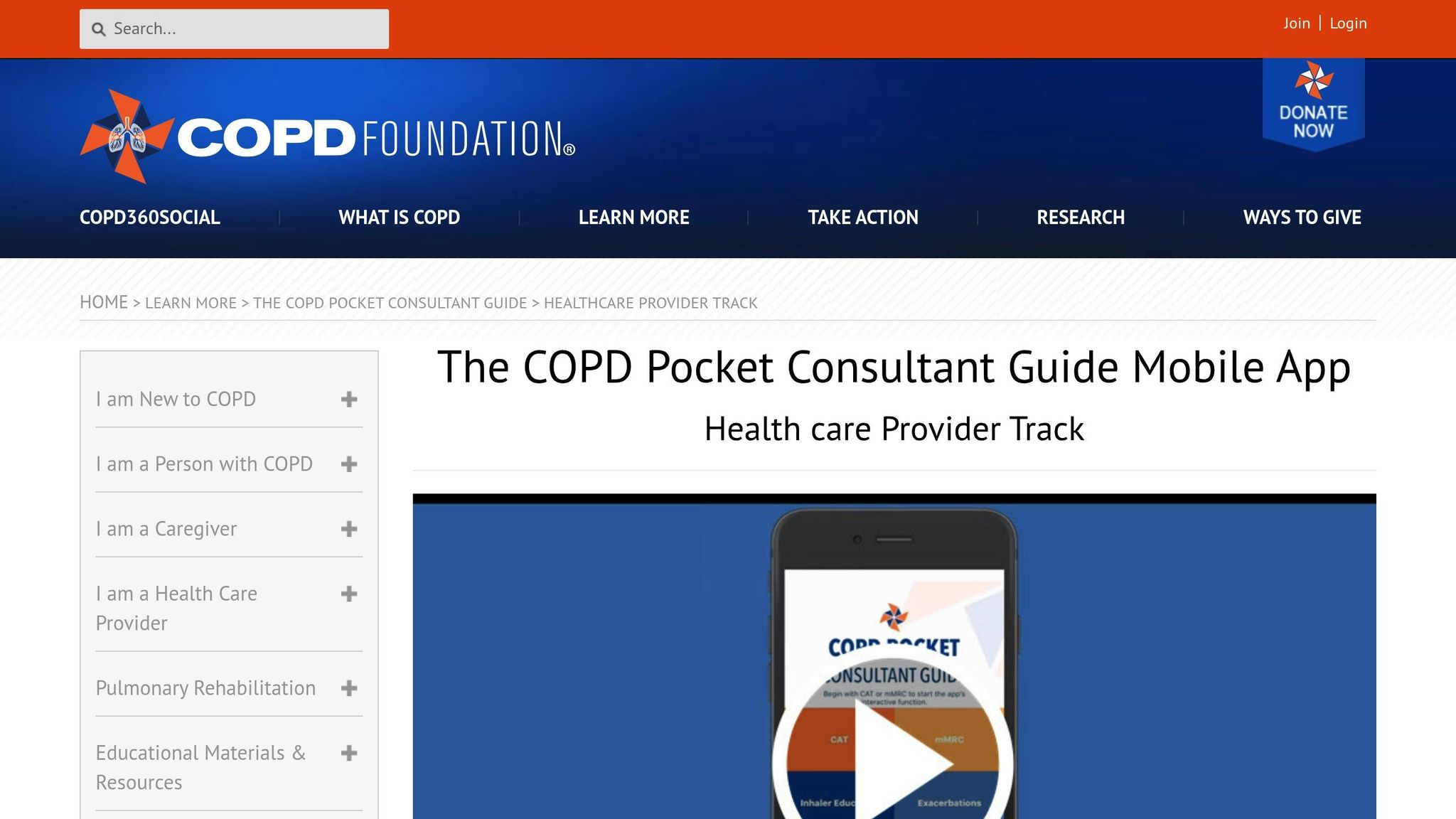
What to Track After a COPD Flare-Up
Recovering from a COPD flare-up requires careful attention to your health. Keeping an eye on certain metrics can help you spot potential issues early and stay on track with your recovery plan. Digital tools can make this process easier by providing real-time data and alerts [1][2]. Here’s what to focus on:
Oxygen Saturation (SpO₂) and Respiratory Rate
A pulse oximeter is a handy device for tracking your oxygen levels and respiratory rate. Knowing your baseline during stable periods can help you recognize any unusual changes that might need medical attention.
Air Quality and Environmental Triggers
Your lungs are more sensitive after a flare-up, so it’s important to monitor air quality and other environmental factors. Apps that provide real-time air quality updates can help you plan your day and avoid exposure to irritants.
Temperature, Physical Activity, and Other Symptoms
Keep an eye on your body temperature - it can signal early signs of infection. Balance rest and activity by tracking your physical movements, and pay attention to medication adherence and sleep quality. These additional metrics can guide your recovery and help you adjust your daily routine as needed.
Key Criteria for Selecting COPD Symptom-Tracking Apps
With advancements in digital health tools, choosing the right app to track your COPD symptoms can make daily management much easier. The most effective apps go beyond simple data logging - they integrate smoothly with your devices, fit seamlessly into your routine, and prioritize the security of your health information. Here's what to keep in mind when picking an app that works for you.
Integration with Hardware Devices
For COPD tracking, Bluetooth connectivity is a must. The app should automatically sync with devices like your pulse oximeter, air quality monitor, smart scale, or digital thermometer. This eliminates the hassle of manual entries and ensures your data stays consistent.
Choose apps that support a variety of device brands, so you're not restricted to a single manufacturer's ecosystem. Many top apps work with well-known brands like Nonin, Masimo, and ChoiceMMed for oximeters, as well as air quality monitors like PurpleAir or AirNow.
Instant data syncing is another critical feature. The best apps continuously update your information and can trigger alerts based on preset thresholds, ensuring you're always informed.
This kind of device integration makes managing your COPD symptoms more straightforward and less time-consuming.
User-Friendly Features
Apps designed for COPD management should include customizable reminders to help you stay consistent. For example, you might need oxygen level checks three times a day but only want medication reminders twice. A good app adapts to your routine and adjusts those reminders as needed.
Look for apps that allow data export in formats like PDFs or CSV files. This makes it easy to share your health records with your doctor. Some apps even provide visual summaries, helping healthcare providers quickly identify trends over time.
Ease of use is also key. Apps with large buttons, high-contrast text, and simple navigation make daily tracking less stressful. Features like voice input can be especially helpful on days when typing feels too difficult due to breathing issues.
Customizable alerts are another valuable tool. For instance, you might want immediate notifications if your oxygen saturation drops below 88%, but only need daily updates on air quality.
While these features improve usability, safeguarding your personal health data is just as important.
Privacy and Data Sharing
When it comes to health data, HIPAA compliance is non-negotiable. Apps should meet strict privacy standards, including encrypted storage, secure data transmission, and clear policies about who can access your information.
Controlled data sharing is another essential feature. The best apps make it easy to share specific information - like oxygen levels or medication adherence - with your healthcare team, without granting full access to all your data. You should have the option to keep certain details, like activity tracking, private.
Apps with granular privacy settings give you full control over what data is shared, who sees it, and for how long. Some even offer temporary sharing options, ideal for providing your doctor with a snapshot of your recent readings before an appointment.
Finally, data portability ensures you're not stuck with one app forever. If you decide to switch platforms or your doctor recommends a different tool, you should be able to easily export your data history. This ensures you won't lose months - or even years - of valuable tracking information.
sbb-itb-3e96dba
Top COPD Symptom-Tracking Apps: Pros and Cons
When it comes to managing COPD, finding the right app can make a big difference. The ideal app should strike a balance between being user-friendly and offering thorough symptom tracking. Here's a closer look at some of the top COPD symptom-tracking apps, their features, and how they stack up for US users.
Comparison Table for Symptom-Tracking Apps
| App Name | Key Features | Hardware Compatibility | Pros | Cons |
|---|---|---|---|---|
| COPD Pocket Consultant Guide | Symptom tracking, medication reminders, educational content | Limited Bluetooth connectivity | Easy-to-use interface with rich educational resources | Limited device integration and tracking |
| myCOPD | Daily symptom logging, rescue guidance, flare-up alerts | Pairs with select Bluetooth oximeters | Expert-designed rescue protocols | Primarily tailored for UK healthcare systems |
| Breathe: Asthma and COPD | Peak flow tracking, medication scheduling, trigger identification | Compatible with most Bluetooth peak flow meters | Strong medication management and custom alerts | Broader focus on respiratory health; some features require a subscription |
| Health Mate | Weight tracking, activity monitoring, comprehensive health data | Works with Withings devices and select third-party Bluetooth devices | Integrated device ecosystem with in-depth analytics | Requires compatible hardware for full functionality |
| Fitbit Premium | Activity tracking, sleep monitoring, heart rate analysis | Fitbit devices and some third-party Bluetooth scales | Detailed insights on activity and sleep quality | Limited COPD-specific features; advanced tools need a subscription |
This table highlights the strengths and weaknesses of each app, helping you decide which one aligns with your needs.
Best Apps for US Users
COPD Pocket Consultant Guide stands out for its focus on education. It offers detailed information about symptoms, medications, and treatment options tailored to US healthcare practices. The app’s medication reminders are especially helpful for managing complex treatment plans, and its symptom tracker covers essentials like breathlessness, cough frequency, and energy levels.
myCOPD takes a clinical approach, developed with input from respiratory specialists. Its rescue guidance feature is a standout, offering step-by-step instructions for early interventions when symptoms worsen. While primarily designed for the UK healthcare system, it can still be a valuable tool for US users. The app also pairs with select Bluetooth oximeters for tracking oxygen levels.
Breathe: Asthma and COPD focuses on medication management, with features like visual reminders and refill alerts. It also helps users identify environmental triggers, such as air quality or weather changes, that could worsen symptoms. However, access to advanced analytics requires a subscription.
For those looking for a more comprehensive health tracking app, Health Mate integrates seamlessly with Withings devices. It pulls data from smart scales, blood pressure monitors, and sleep trackers to provide a full picture of your overall health. While it’s great for tracking multiple health metrics, you’ll need compatible hardware to unlock its full potential.
Fitbit Premium is ideal for users who want to monitor activity and sleep as part of their COPD management. Its sleep score feature can reveal how breathing issues affect rest, and its activity tracking encourages healthy habits. However, it lacks the COPD-specific tools found in other apps, and some advanced features require a subscription.
Each app offers unique benefits, whether you’re focused on education, clinical guidance, or broader health tracking. The right choice depends on your priorities and how you plan to integrate the app into your daily COPD management routine.
Best Device and App Combinations for COPD Symptom Tracking
Finding the right combination of devices and apps can make managing COPD much easier. When paired effectively, these tools provide real-time insights and help you stay on top of your symptoms, potentially catching flare-ups before they escalate. Let’s explore some of the best device options and how to pair them with apps for seamless tracking.
Recommended Hardware Options
Here are some must-have devices for managing COPD symptoms:
-
Bluetooth pulse oximeters: These FDA-cleared devices offer accurate readings for oxygen saturation and respiratory rate. Their Bluetooth functionality allows for easy syncing with apps, making it simple to monitor your levels regularly.
-
Air quality monitors: Environmental factors like pollutants or high particulate levels can worsen COPD symptoms. Air quality monitors provide real-time data, helping you identify and avoid potential triggers in your environment.
-
Smart scales: Weight fluctuations can sometimes signal fluid retention or medication side effects. Smart scales automatically sync with apps, helping you track changes over time without extra effort.
-
Connected digital thermometers: A rise in body temperature could indicate an infection, which might lead to a flare-up. These thermometers automatically log readings, making it easier to spot trends and share data with your doctor.
Device and App Pairing Recommendations
To get the most out of your tracking tools, choose device-app combinations that work well together:
-
Look for systems that allow both manual entry and automatic syncing, especially those compatible with platforms like HealthKit. This ensures smooth data transfer and reduces the need for extra steps.
-
Match your budget with the features you need. Some advanced systems may offer more integration options, but simpler setups can still be effective if they meet your specific requirements.
Considerations for Daily Use
When using these devices daily, keep the following tips in mind:
-
Ease of use: Devices that sync automatically with apps are more convenient and encourage consistent tracking compared to those requiring manual input.
-
Power and maintenance: Check the battery life and upkeep costs of each device to avoid interruptions in your tracking routine.
-
Data sharing: Choose devices and apps that allow you to export data in formats like CSV or PDF. This makes it easier to share your records with healthcare providers during appointments.
Conclusion: Improving COPD Management with Integrated Apps and Devices
Effectively managing COPD relies on consistent monitoring and being prepared to respond quickly to any changes in your symptoms. By combining symptom-tracking apps with compatible hardware devices, you can create a system that not only helps you stay ahead of potential flare-ups but also provides your healthcare team with valuable insights.
Opt for tools that work seamlessly together - like Bluetooth-enabled pulse oximeters and air quality monitors that automatically sync data. These devices make it easier to detect changes early and take action before symptoms escalate. This kind of integration is key to making the most of every device in your COPD management toolkit.
Devices like smart scales and connected thermometers can also add depth to your health tracking by monitoring weight and temperature changes, offering a more complete picture of your overall well-being.
Keeping things simple is essential. A straightforward setup that fits into your daily routine is far more effective than a complicated system. Look for devices that are easy to maintain and apps with user-friendly interfaces, so tracking your health feels natural rather than overwhelming.
Features like data sharing - whether through CSV or PDF exports - make it easier for your doctor to access the information they need to make timely and informed decisions about your treatment. This kind of streamlined communication ensures that your healthcare team is always in the loop.
Ultimately, the goal is to develop a deeper understanding of your health patterns, recognize early warning signs, and maintain clear communication with your medical team. When used consistently, these integrated systems can become invaluable tools for managing your respiratory health and improving your quality of life.
FAQs
To choose the best COPD symptom-tracking app, aim for one that works effortlessly with devices you already use, such as Bluetooth-enabled pulse oximeters, air quality monitors, or smart scales. Look for key features like data export, reminders, and options to share information with your healthcare provider. These tools can make managing your symptoms much more efficient.
Before committing to an app, double-check its compatibility with your devices to prevent any connectivity problems. Opt for an app that's easy to navigate and offers dependable tracking and personalized alerts to help you stay on top of your health with confidence.
Bluetooth-enabled devices simplify managing COPD by providing real-time monitoring of essential health metrics, such as oxygen levels (SpO₂), lung function, and physical activity. This constant tracking helps identify changes in symptoms or potential flare-ups early, giving you the chance to address issues before they escalate.
Another key benefit is the ability to share your health data remotely with your doctor. This allows your healthcare provider to keep an eye on your condition and make necessary adjustments to your treatment plan - without the need for frequent office visits. By enhancing communication and offering timely insights, these devices can play a role in reducing hospital stays and improving overall care.
When choosing a COPD symptom-tracking app, it's essential to focus on data privacy and security to safeguard your personal health information. Look for apps that offer end-to-end encryption and secure login options, such as two-factor authentication. Also, check for a clear, transparent privacy policy that explains how your data will be used and shared.
A good app should give you control over who can access your information - ideally limiting it to your healthcare provider if that's your preference. Additionally, verify whether the app complies with HIPAA regulations or similar health data protection laws. This ensures your sensitive information remains protected and private.

